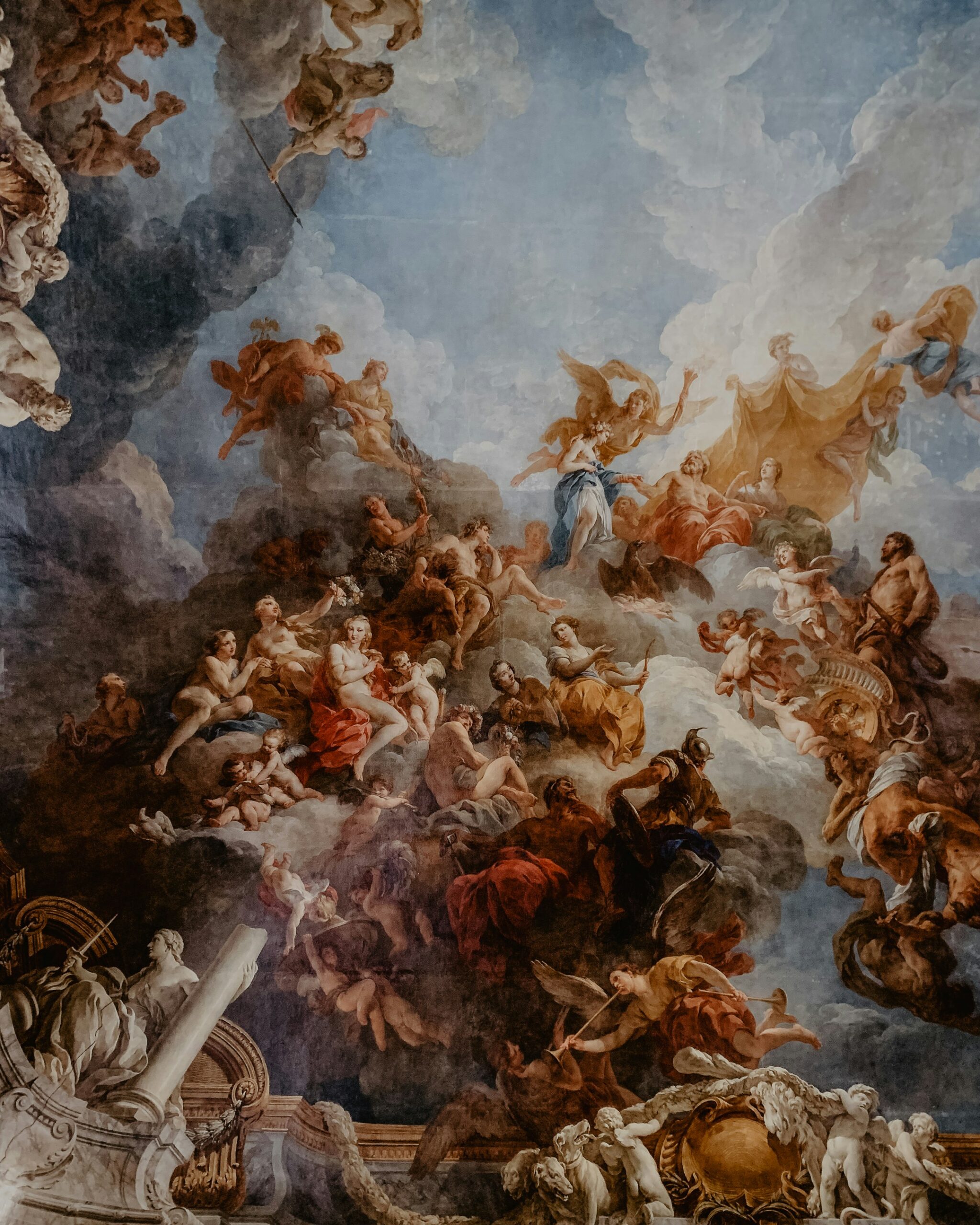The Rennaisance: A rebirth of Art and Innovation
The Renaissance, meaning “rebirth,” was a period of extraordinary cultural and artistic flourishing, spanning roughly from the 14th to the 17th century. It was an era marked by a return to classical ideals, a focus on humanism, and advancements in science, philosophy, and art. The Renaissance left us with timeless masterpieces, each reflecting the spirit and innovation of the age. Here, I’ll explore some standout works that define this remarkable period.
“Great works of art can be produced in barbarous societies, but the Renaissance only came to flower when men’s minds, as well as their hands, were free.” – Kenneth Clark
1. Allegory of Painting (1740)
Artist: François Boucher

Although Boucher’s Allegory of Painting came slightly after the Renaissance, its spirit draws heavily from the ideals of the period. This work personifies Painting as a radiant, dynamic figure surrounded by artistic tools and symbols. The soft, rococo-style brushstrokes make this piece both elegant and ethereal, demonstrating a continuity of Renaissance themes like beauty, creativity, and allegory in later art movements.
Boucher’s composition celebrates the transformative power of art, embodying a Renaissance-like reverence for the artist’s craft and imagination.
2. The Birth of Venus
Artist: Sandro Botticelli

Botticelli’s The Birth of Venus is an iconic work that embodies the Renaissance’s fascination with mythology and beauty. Venus, the Roman goddess of love, emerges from the sea on a shell, surrounded by figures from classical mythology. The composition is ethereal, with soft, flowing lines and a dreamlike quality that captures a sense of divine grace.
This painting celebrates human beauty and the natural world, both central themes of Renaissance art. It also reflects the era’s revival of Greco-Roman mythology and its integration into contemporary artistic expression.
3. The Annunciation
Artist: Luca Giordano

Luca Giordano’s The Annunciation is a stunning depiction of the moment the Angel Gabriel informs Mary of her divine role as the Mother of God. Giordano’s use of light is particularly captivating, with a heavenly glow illuminating Gabriel and Mary, symbolizing divine presence and grace.
What makes this painting exceptional is its emotional depth. Mary’s expression reflects a mixture of humility and awe, while the dramatic lighting and vibrant colors bring the scene to life. Giordano’s dynamic composition and mastery of Baroque elements—though technically post-Renaissance—are rooted in the Renaissance’s focus on human emotion and the interplay of light and space.
4. War in Heaven
Artist: Pieter Bruegel the Elder
Bruegel’s War in Heaven (also known as The Fall of the Rebel Angels) presents a dramatic and chaotic vision of the celestial battle between good and evil. The painting is filled with intricate details, from the grotesque forms of the fallen angels to the triumphant figures of the heavenly host.
Unlike the idealized beauty seen in other Renaissance works, Bruegel’s painting explores the darker, more tumultuous aspects of the human condition. It’s a reminder of the Renaissance’s ability to address both the light and shadow of existence through art.

More:
Original public domain image f
The Legacy of the Renaissance
These masterpieces represent the diversity and innovation of the Renaissance, an era that forever transformed how we create and view art. Whether celebrating divine beauty, human emotion, or the complexity of existence, Renaissance artists laid the foundation for modern artistic expression.
Through works like Allegory of Painting, The Birth of Venus, The Annunciation, and War in Heaven, we see not only the technical brilliance of the era but also its capacity to inspire wonder and reflection even centuries later.
Which Renaissance artwork speaks to you the most? Let’s discuss in the comments!




